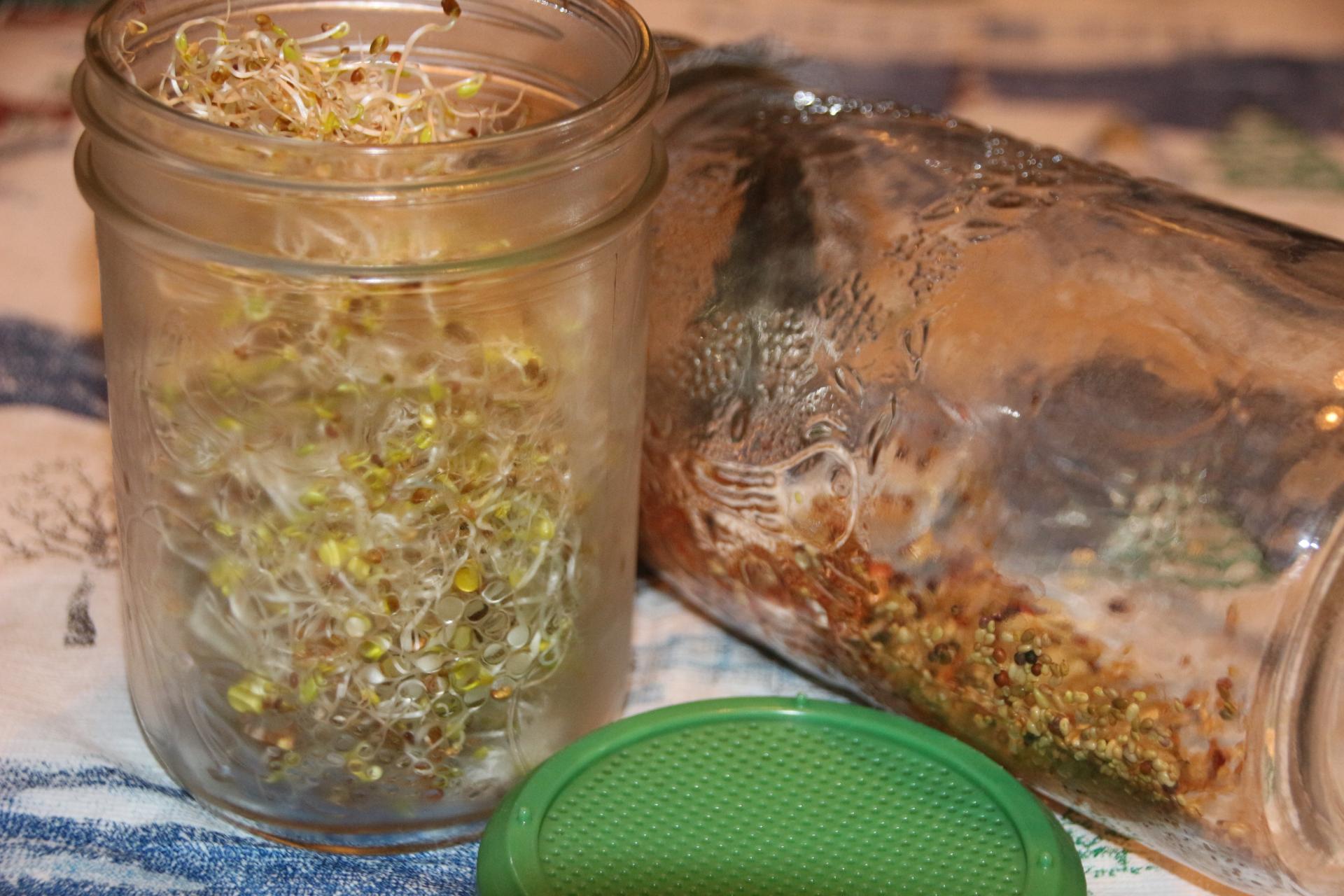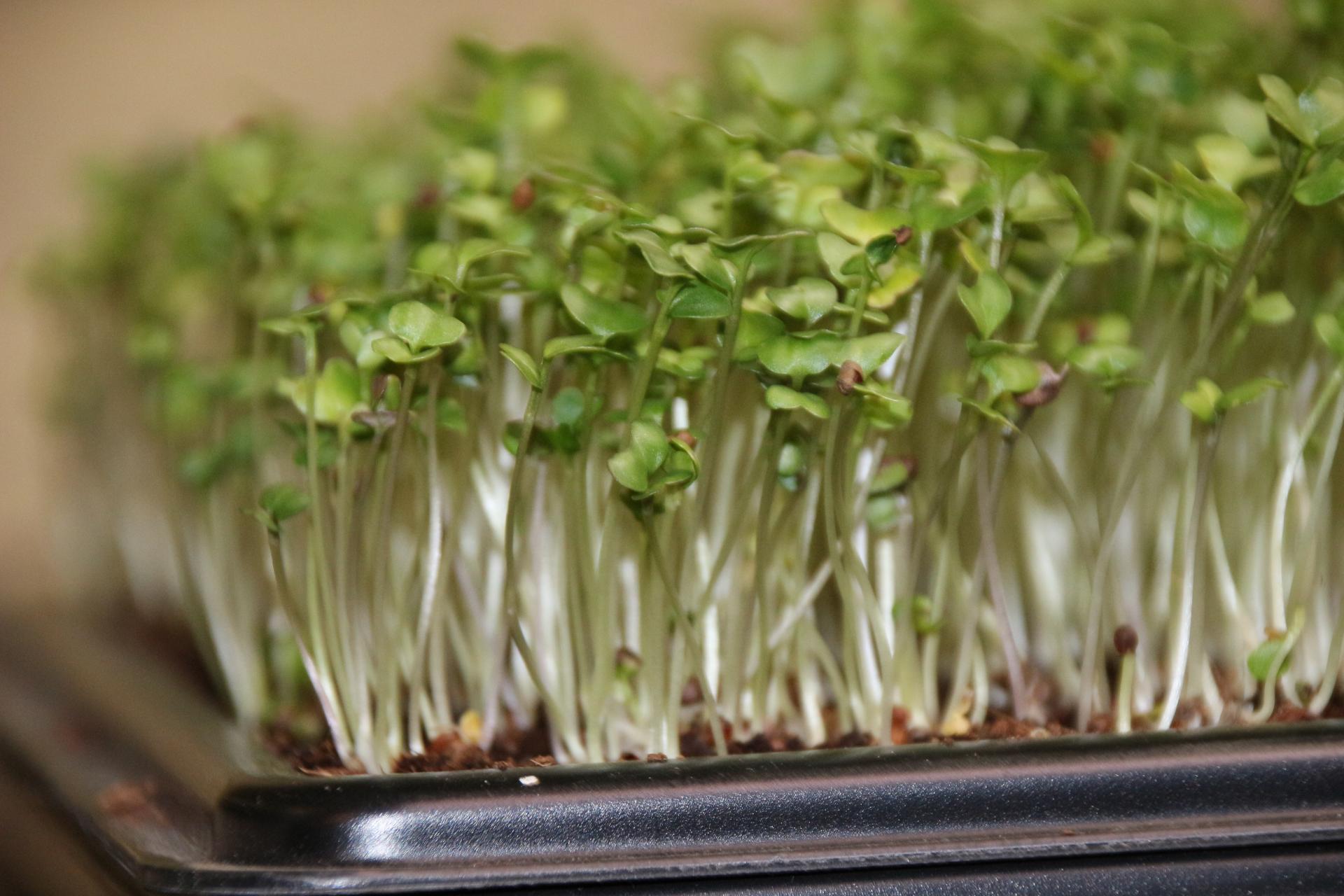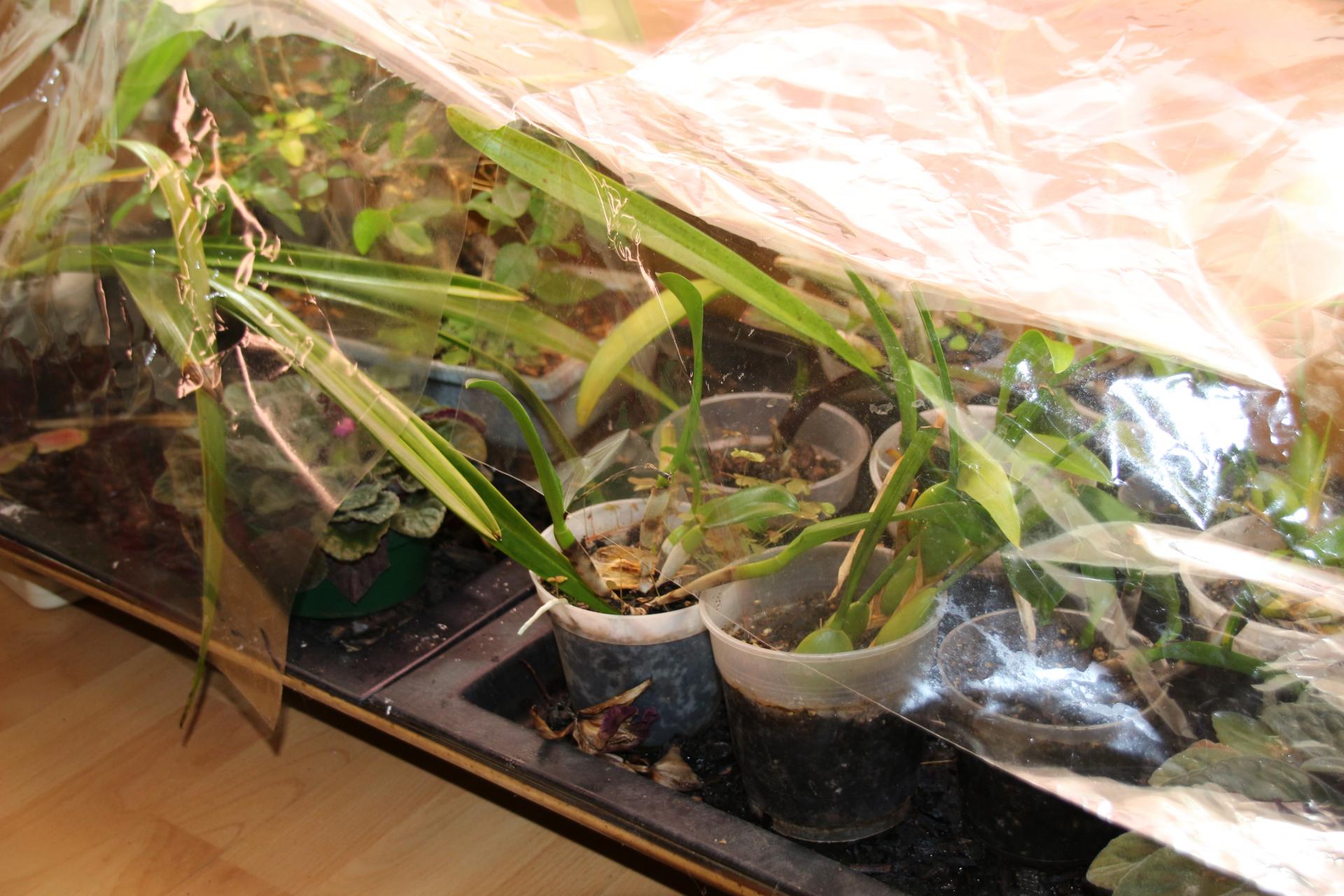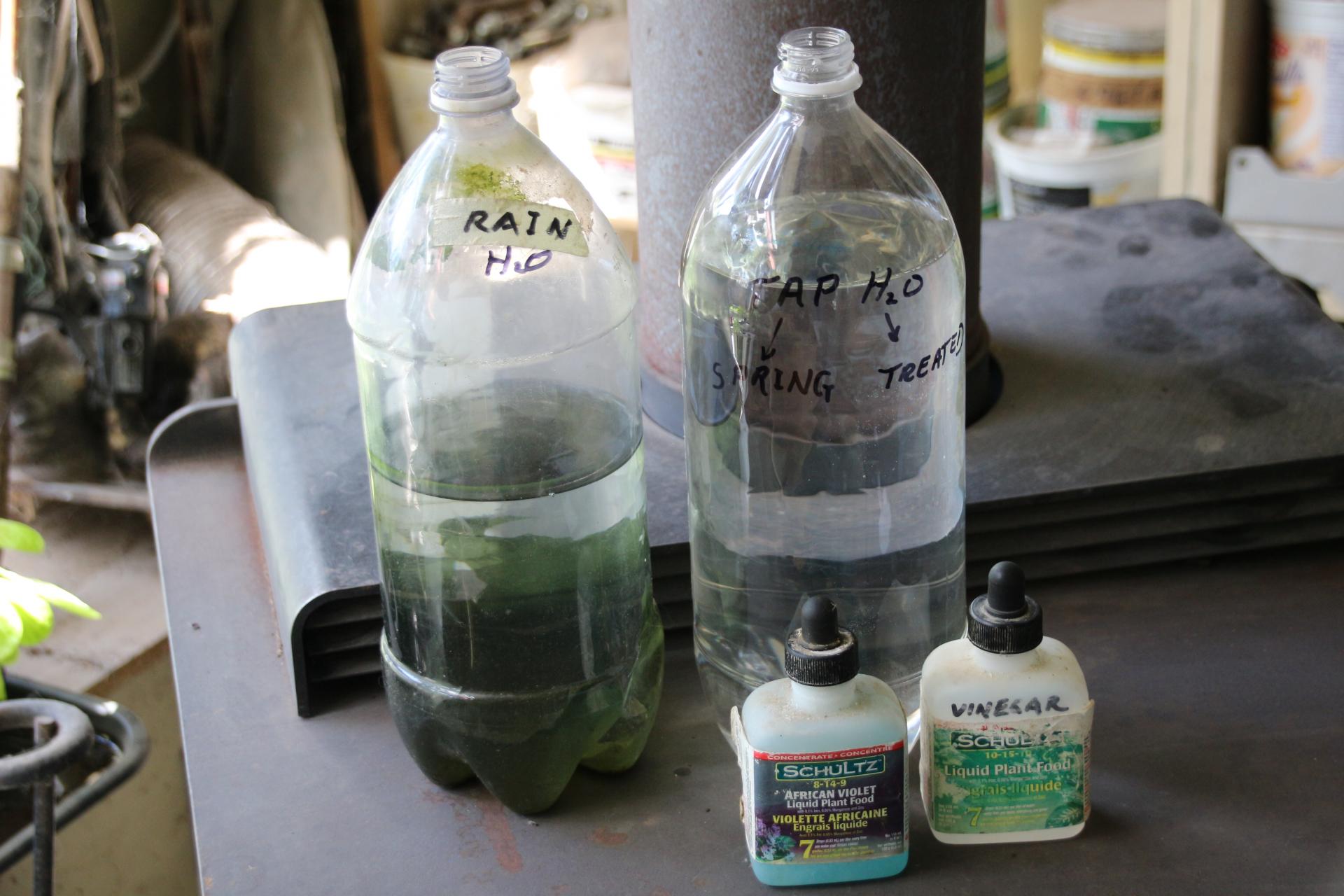- Formiculture.com
- Forums
- Gallery
- Members
- Member Map
- Chat

RPT's Journal
Started By
rptraut
, Jul 30 2024 6:24 PM
camponotus tetramorium brevicornis neoniger depilis crematogaster
102 replies to this topic
#101
 Online
-
Posted December 26 2025 - 5:58 PM
Online
-
Posted December 26 2025 - 5:58 PM
Hello ANTdrew and all my other friends;
This is an example of growing plants in bonsai pots, other than trees. Originally I planted two miniature African Violets in the pot and they’ve since developed many crowns on each plant, something that’s considered undesirable to the violet purists, nevertheless, it’s very common with miniatures. I think you’ll agree that when they all bloom at the same time, they make a beautiful display. When they’re done blooming I’ll split them up and have probably ten separate plants that I’ll give away to friends and family. The Christmas theme of loving and giving will continue well into the new year. I wish you all the best in 2026!
RPT
This is an example of growing plants in bonsai pots, other than trees. Originally I planted two miniature African Violets in the pot and they’ve since developed many crowns on each plant, something that’s considered undesirable to the violet purists, nevertheless, it’s very common with miniatures. I think you’ll agree that when they all bloom at the same time, they make a beautiful display. When they’re done blooming I’ll split them up and have probably ten separate plants that I’ll give away to friends and family. The Christmas theme of loving and giving will continue well into the new year. I wish you all the best in 2026!
RPT
- ANTdrew likes this
My father always said I had ants in my pants.
#102
 Offline
-
Posted Yesterday, 9:48 AM
Offline
-
Posted Yesterday, 9:48 AM
Thanks, RPT, these violets sound beautiful and I love the idea of giving violets away to your friends and family to continue the festive cheer! I was wondering if you have any tips on how to get started in growing plants especially indoors this winter and spring.
Wishing you a happy new year as well!
Evan
- rptraut likes this
#103
 Online
-
Posted Yesterday, 11:50 PM
Online
-
Posted Yesterday, 11:50 PM
Hello evanmancini2011;
I'm glad to hear you like the African Violets and I welcome your question, so I'll tell you the kind of things we do with seeds and plants in winter.
Sprouts and Microgreens
During the winter months we grow sprouts and microgreens. We put these into salads and they're also great on sandwiches, adding vitamins and minerals to every bite. We buy organic seeds that are meant for sprouting. We usually grow a mix of alfalfa, red clover, mustard and we also sprout broccoli seedlings. To grow sprouts all you need is a large jar, a sealing rim, and a piece of screen (I use mosquito screen) that you put about a tablespoon of seed into and soak them overnight. Each day after that, the seeds and growing sprouts should be rinsed and drained, twice a day. We just keep them in the sink to make it easy. It only takes about a week to have sprouts that are big enough to go in the refrigerator where you can keep them fresh while you use them until the next bunch of sprouts is ready.
Microgreens are just a larger version of sprouts that we grow in coconut fiber, in small plastic trays. The seeds we use are the same as we use for sprouting and I also like to grow sunflower seeds that I get from our bird seed bag. They make beautiful large greens that are great in any salad. I let the seed leaves completely develop, I clip them with scissors and they're ready to eat. There are videos on YouTube that will give you more details of each system.
In this photo you can see the large sprouting jar and screen on the right with newly sprouting seeds that need to be rinsed twice a day. Once those sprouts are large enough, we store them in a jar like the one on the left, in the refrigerator and use them from there.
This is an example of microgreens (organic broccoli) growing in trays of coconut fiber. They're at the right stage to start clipping them for salads and sandwiches. Larger greens like sunflower seed sprouts are also great in stir fries.
Growing Plants in Winter
Artificial Light
Growing plants here in Canada during the winter, when there's very little actual sunlight, means we have to supply light and all the necessary requirements for plant life. You may live in an area with more sun, lucky you, as you might be able to grow plants without artificial lights on a south facing windowsill. Depending on the number of plants you want to grow, you might need to use a fluorescent desk lamp or for a larger number of plants, two tube fluorescent fixtures, or led fixtures that are made for growing plants. Planting systems are also available that contain lights, planting pots, and an irrigation system that waters twice a day and drains into a reservoir. I use a timer to turn my lights on for 14 hours of light which should be satisfactory for most plants. I water my plants by hand.
Water and Watering
We like rainwater for our plants, when we can get it, but usually we use well water at room temperature. Whatever water you use, make sure it's at room temperature or lukewarm, so you don't shock small roots with cold water. If your water is treated with chlorine, let it sit for at least 24 hours to degas, and it'll be safe for your plants. Watering plants consistently, without overwatering is the fine line you must tread when growing small plants. Check your plants every day and be observant.
Plants can dry quickly in our heated houses in winter, I usually water twice a week. You can extend that time by increasing the humidity in the plant area by setting your plants on a tray of wood chips and keeping them wet. Covering small plants with clear plastic will keep humidity in and placing a single plant in a plastic bag with ventilation slits will do the same thing. I often find that water will flow right through a pot of dry soil, so I often water each pot two or three times to make sure they're thoroughly wetted. Sometimes, allowing a pot to soak in water for 20 minutes and then draining it, will accomplish the same thing. Watering small seedlings from the bottom is the best. A shallow tray underneath the container can have water added to it until it stops being absorbed, or I just fill it two or three times when I see the plants beginning to wilt. Just don't let plants sit in water any longer than 20 minutes - pour off the excess water.
Fertilizer
Most potting soils contain adequate nutrients for early plant growth. Fertilizer is really only required by actively growing plants. If your plants are resting, not growing or dormant, they don't need fertilizer. Many kinds of house plants take a dormant break during winter and only need enough water to keep them alive; they won't need much water, so overwatering can be a problem at this time if plants are saturated for too long.
When plants are actively growing, I use a commercial liquid fertilizer made for house plants like African Violets (10-15-10), at half the recommended label rate, but I use it each time I water, instead of the full rate once a month that's recommended on the label. Our water is very basic, 8.2 pH, so I usually add vinegar to the water at a rate of 7 drops for a 2-liter container which brings it closer to neutral.
Soil and Pots
The safest soils to use for house plants are those that are sterilized to ensure they contain no harmful pathogens like the fungus that causes damping off, a disease that attacks new seedlings and rots them at the soil surface. Seedlings are most vulnerable while larger plants are hardly affected. Nevertheless, I use sterile coconut fiber, peat moss, vermiculite, perlite, and coarse sand in my potting mixes. No garden soil or compost. A little research will tell you about the best combination for the plant you're potting up.
Almost any container can be used as a pot as long as it has holes in the bottom for drainage. I like to use the clam shell containers that things like croissants come in, with the lid down they make a mini greenhouse for your little seedlings. Just make sure you poke holes in the bottom for drainage. A slot screwdriver, heated on the stove, will melt holes in most plastic for that purpose.
Seeds and Plants
This is a great time of year because seed catalogues are out or soon will be. You'll also find garden centers are a great source for seeds and plants. I've had good luck buying specialty seeds like tropical pitcher plants on eBay. Make sure any seeds you want for sprouting are organic or free from pesticides or seed treatments. Seed treatment, however, can be beneficial for seedlings that you intend to transplant into your garden in spring. This is another way you can make use of seedlings like tomatoes, peppers, any other plants that need a long growing season and will benefit from a head start when transplanted outside into your veggie garden. Don't eat tomato or potato sprouts, plant them in your garden. Some perennial flowers can be quite expensive to buy as plants but are quite easy to grow from seed. Collect seeds from the ones you like and grow them from seed, much cheaper.
Resources
Seed catalogues are a great source of growing information, and the internet, especially YouTube, is a ready reference. Gardening books and magazines can also be a great source of information and inspiration. You might also consider joining your local Horticultural Society where I'm sure you'll find people who'll be very helpful and good sources of information about your local conditions and plants that do well there. I might not be an expert on your local situation, but I'm pleased to answer any other questions about how we grow seeds and plants. Good Luck
RPT
- ANTdrew likes this
My father always said I had ants in my pants.
Also tagged with one or more of these keywords: camponotus, tetramorium, brevicornis, neoniger, depilis, crematogaster
Ant Keeping →
Ant Keeping Journals →
Antz_Straya's Australian AntsStarted by Antz_Straya , Sep 7 2025 |
|
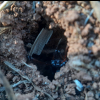
|
||
Anting →
Ant ID Requests →
Camponotus ID?Started by Turtle , Jul 24 2025 |
|

|
||
Ant Keeping →
General Ant Keeping →
Ant Colonies for Sale, Tetramorium, Lasius, ManicaStarted by Stubyvast , Jul 23 2025 |
|

|
||
Ant Keeping →
Ant Keeping Journals →
Ants_Dakota's Camponotus sp. JournalStarted by Ants_Dakota , Jul 13 2025 |
|

|
||
Ant Keeping →
Ant Keeping Journals →
AntTx's Camponotus sansabeanus JournalStarted by AntsTx , Jun 17 2025 |
|

|
1 user(s) are reading this topic
0 members, 1 guests, 0 anonymous users



